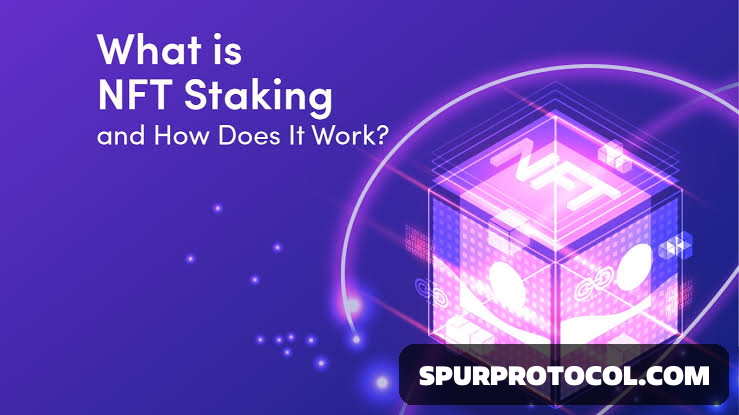What Is NFT Staking?
NFT staking is the process of locking up your NFTs on a platform to earn rewards, usually in the form of cryptocurrency or tokens — similar to DeFi staking but with NFTs instead of fungible tokens
Go Back

🕒 7:28 PM
📅 Aug 07, 2025
✍️ By CASHMONEY1
🔧 How NFT Staking Works:
1. You own an NFT (e.g., from a game, art collection, or utility project).
2. You stake it on a supported platform or dApp.
3. While staked, the NFT is locked — you can't trade or use it.
4. In return, you earn rewards over time (e.g., governance tokens, yield, in-game currency, or staking incentives).
5. After a period, you can unstake your NFT and claim your rewards.
🧠 Simple Example:
1. Suppose you own an NFT from a play-to-earn game like Axie Infinity or The Sandbox.
2. You stake it on the game’s platform, and for every day it’s staked, you earn $SAND or in-game benefits.
How it works:
Locking up NFTs:
NFT owners transfer their NFTs to a smart contract on a staking platform.
Earning rewards:
In return, the platform rewards the NFT owner with cryptocurrency, other NFTs, or other benefits.
Passive income:
This allows NFT holders to earn passive income without having to sell their assets.
Utility:
Staking can also add utility to NFTs, transforming them from static collectibles into income-generating assets.
Key aspects:
Platform-specific:
NFT staking is often platform-specific, with different platforms offering varying reward structures.
Rarity and value:
The rewards for staking can be influenced by the rarity and value of the staked NFT.
Smart contracts:
Staking is facilitated by smart contracts, which automatically execute the terms of the agreement.
Not all NFTs are stakable:
Some NFTs may not be compatible with staking platforms.
